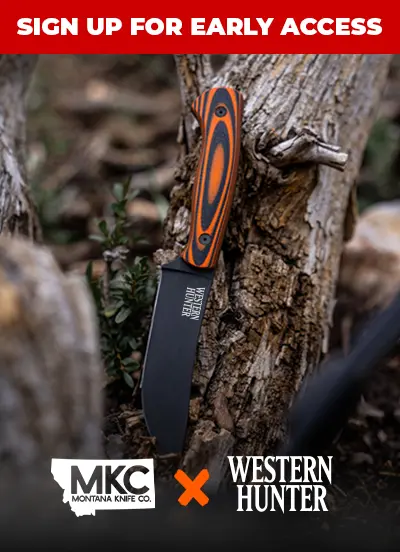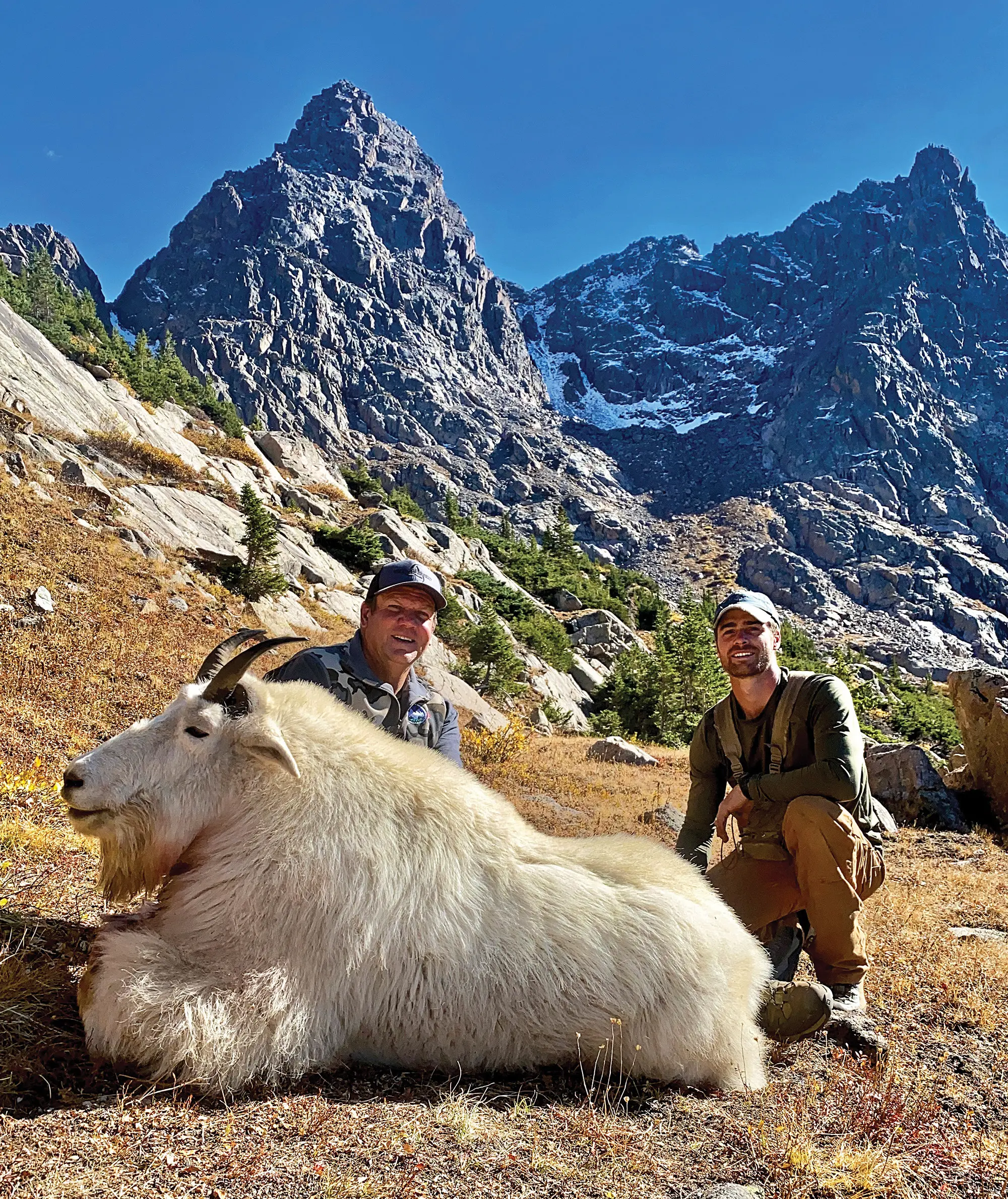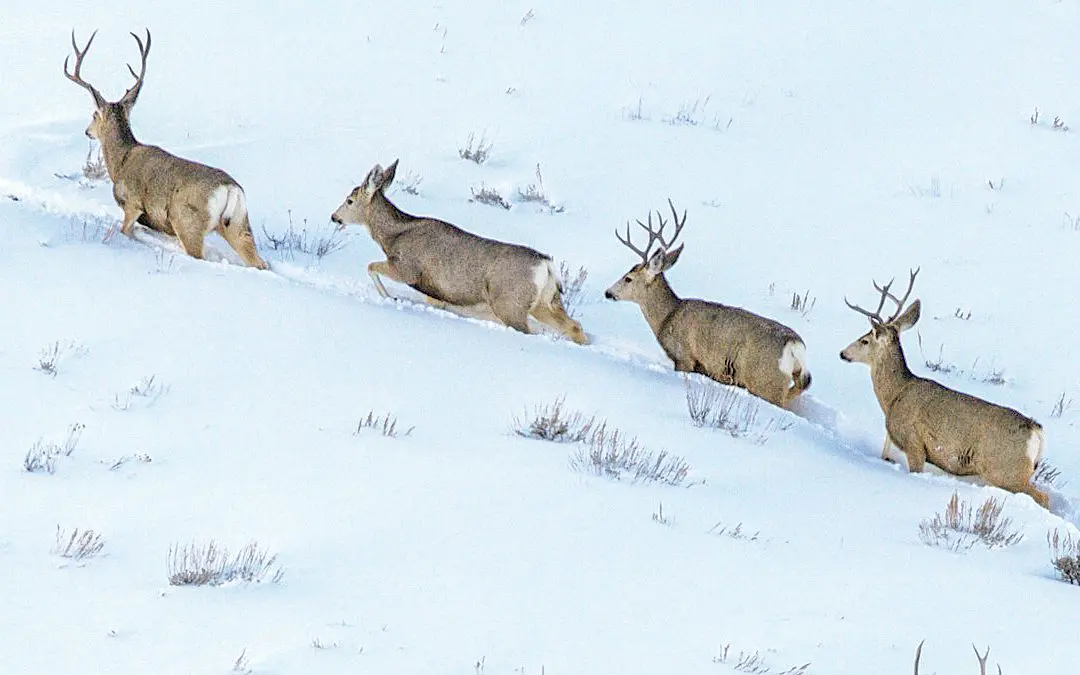
NOTICE: Certain links on this post may earn a commission for Western Hunter Magazine from Amazon or our other affiliate partners when you make a purchase. Thank you for your support.
The State of Colorado's Mule Deer
Almost eight years ago, I authored an article for Western Hunter on Colorado mule deer hunting and management. In it, I addressed population trends, big buck potential, and record-class mule deer potential and history. I also made some assertions and predictions.
The Boone & Crockett Barometer
The “Boone & Crockett Barometer” was my anecdotal assertion that in areas that have a potential to produce B&C mule deer bucks, the presence and taking of these B&C bucks by hunters is a reflection of the overall age class representation of mature bucks in the herd. This might seem somewhat a convoluted concept by some and most certainly will be scoffed at by some biologists, but to the layperson, it’s a fairly simple premise. The more mature deer there are in a given herd, the greater likelihood there is to have a percentage of those bucks to be record-class bucks.
The area must also have the genetic potential to have such representation. For example, the Missouri Breaks of Montana could never match some areas of Colorado for B&C bucks even if the area was managed for the harvest of more mature bucks.
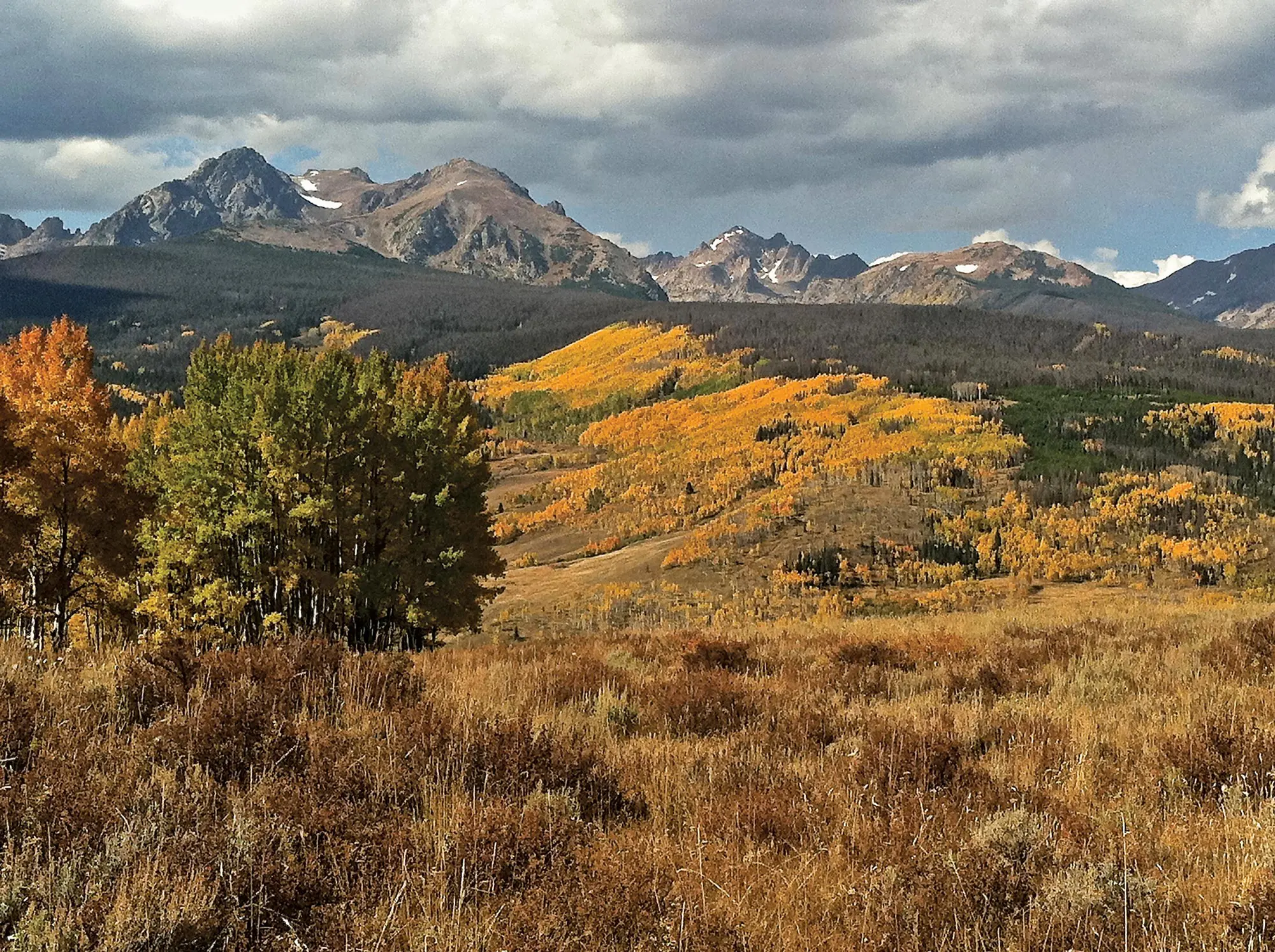
Impacts Come in Many Forms
There are many factors that impact mule deer in Colorado these days - an exploding human population and consumption of winter range; a “hands-off” predator management plan; strange and inconsistent weather patterns; and hunting pressure tuned and tailored to a more “opportunity-based” management style rather than a “quality” approach. Right now, I think it’s safe to say that the good ol’ days are not ahead of us.
Colorado is widely recognized as a top vacation destination in the West and it’s also experiencing population growth at a trajectory that cannot help but impact mule deer in the future. Every summer, visitors flock by the tens of thousands, and the high country and resort towns are filled with tourists. Backcountry recreationalists push into every alpine drainage with a lake and wildlife is displaced.
In 2016, there was an estimated nearly 80 million visitor days by tourists with a gross influx of almost $20 billion into Colorado. A vast majority of visitors flock to the mountains and high country, and the impact is noticeable.
It’s not just visitation that is increasing. Colorado’s human population is booming. In 1960, Colorado’s population was 1.75 million people. Forty years later, that population had skyrocketed to 4.3 million people in 2000, and now at the conclusion of the latest census, the population is now at 5.6 million people.
Most of the population increase has occurred on the Front Range, which is the urban corridor along Interstate 25. This Front Range is where the Rocky Mountains meet the Great Plains, and includes Fort Collins, Denver, and Colorado Springs. Growth in the mountains and what is called the Western Slope of Colorado is substantial also. Winter range is being gobbled up at a consistent pace out on the Western Slope, mainly through oil and gas extraction, but basic human development and sprawl is just as insidious. The science behind the population impact of humans and development is foggy, but I think it’s safe to say that the long-term effects of continued growth will be to the detriment of the mule deer population.
Epic Winter
In my previous article, the topic of the winter of 2007-2008 played a prominent role in the storyline. In my opinion, it was a tipping point in both Colorado’s deer herd and to some extent, the management goals of the state wildlife agency, now known as Colorado Parks and Wildlife (CPW).
For those unaware, the winter of ‘07-‘08 was devastating for mule deer in western Colorado. The snow started in earnest during December, stacking up on winter ranges in record-setting amounts.
By February, places like the Gunnison Basin had sagebrush winter range completely covered with snow. It was literally a sea of frozen white. Emergency feeding programs were instituted to try and save deer from catastrophic population losses, but by spring, carcasses littered the winter range. I remember taking my daughters to a track meet in Gunnison in May 2008 and the highway shoulders had more deer carcasses that we cared to count.
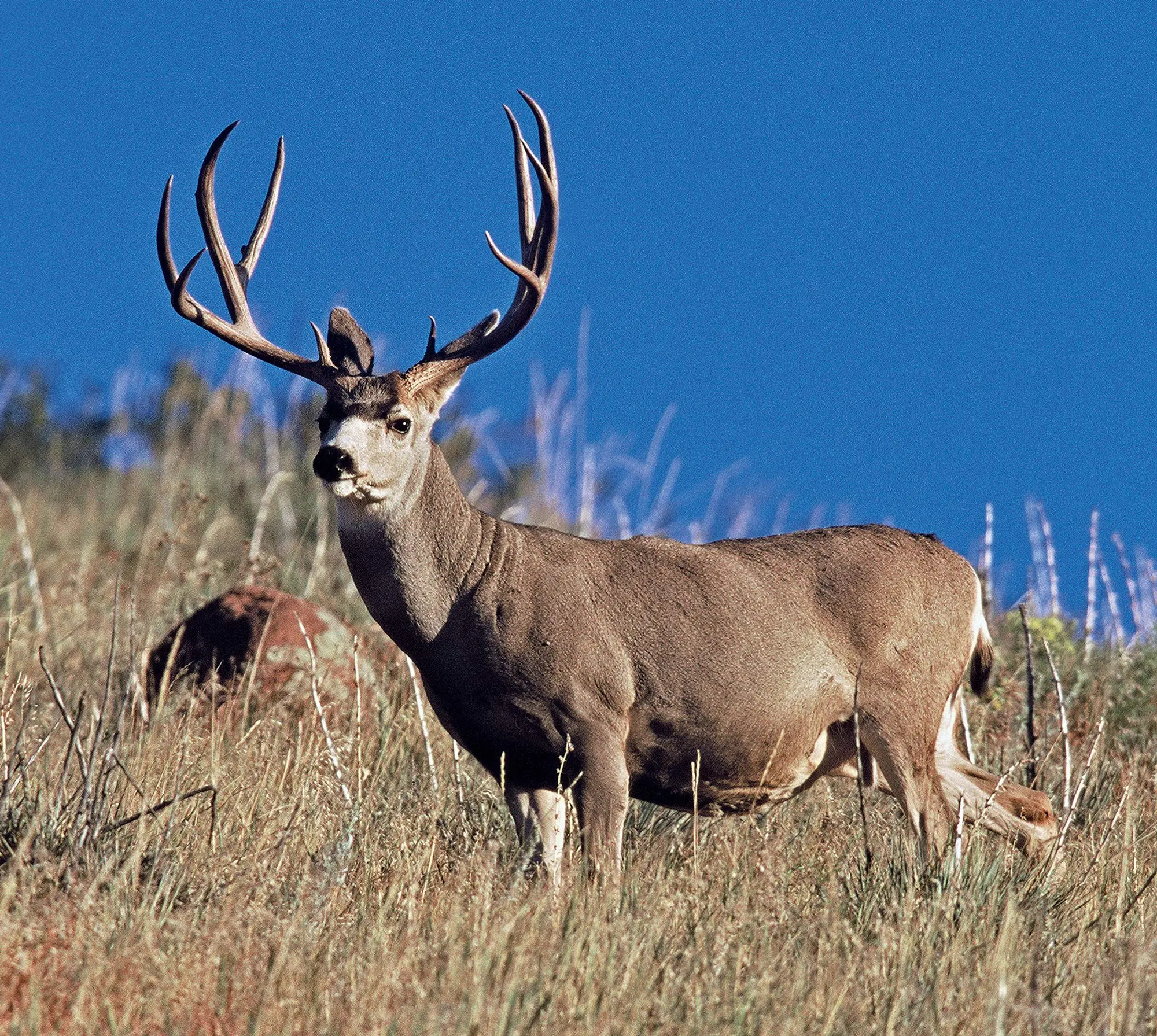
Boone & Crockett Typical
Deer populations were hit hard. Mature bucks weakened by the rigors of the rut were walking skeletons by late winter and many died during the spring. Yearling deer were also victims and the next summer fawns were scarce. Many died in utero due to the stress on pregnant females.
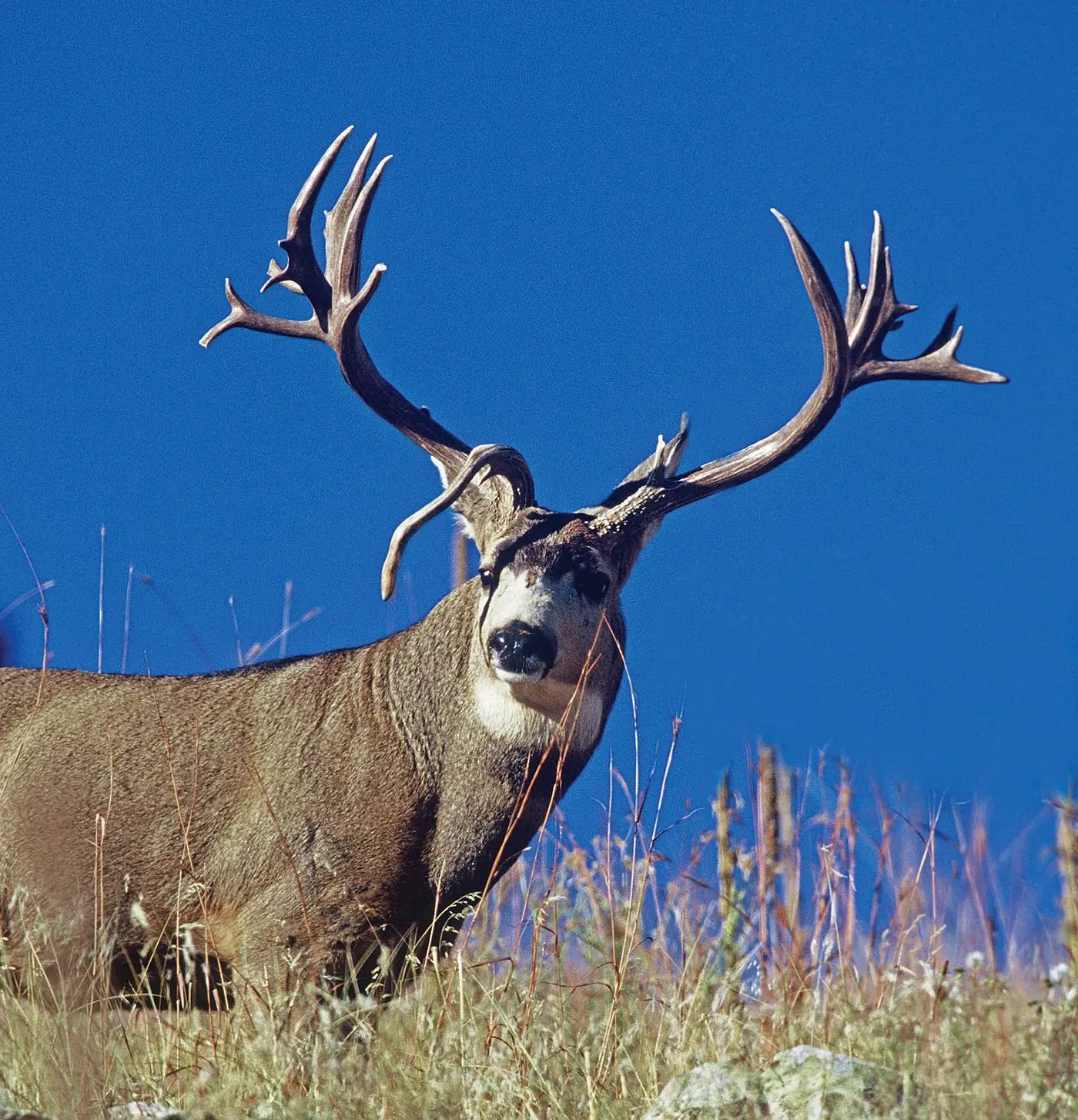
Boone & Crockett Non-typical
In reality, at least three years of age class were decimated that winter: yearlings, fawns, and older bucks. I predicted that B&C-class bucks that would be 5-7 years old in 2013-2015 would be exceedingly rare in the areas hit the hardest, but which were also the biggest producers of B&C bucks prior to ‘07-‘08. A glaring example of this is the Gunnison Basin, which was probably hit the hardest.
The Gunnison Basin is an almost entirely encapsulated valley of rolling sagebrush draws where thousands of deer and elk are funneled out of the high country from the huge surrounding alpine peaks. The animals can’t move to lower and milder winter range because of the geological plateau to the west, which effectively blocks the animals in once snow depths become too deep.
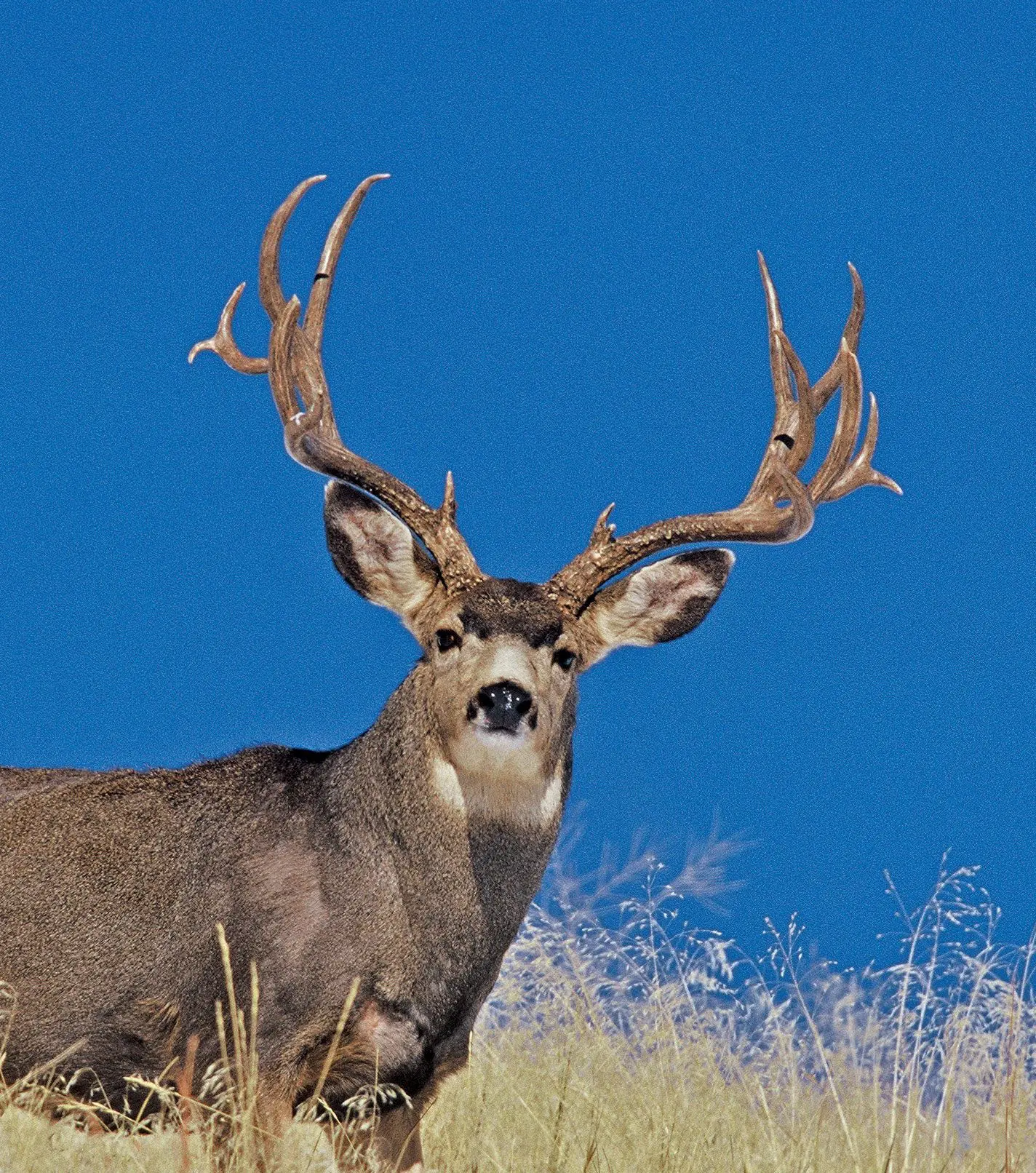
"Tweener" Buck
All About Data
In the five years prior to ’07-‘08, 20 B&C bucks were taken in Gunnison and Saguache counties, which make up almost all the country in the Gunnison Basin. In the five years since, two B&C bucks were entered from these two counties. Deer numbers plummeted for the first few years afterward and tag numbers were greatly reduced in response. In fairness, fewer hunters will obviously take fewer bucks and the net result of B&C entries will be lower. But the reality is that those bucks just weren’t there.
Eagle County, the top-producing B&C county in Colorado from a historical standpoint, also experienced a large reduction in record book entries post ’07-‘08. There were 23 entries in the five years leading up to that winter and 12 in the five years after.
Radical decreases in B&C numbers were also seen in other traditional big buck spots such as Grand County (Middle Park) and the southwest San Juans, which are made up of Archuleta, La Plata and Montezuma counties.
Along with the reduction of B&C entries, there was a change and adjustment of the overall statewide deer population. New herd census science was adopted. In 2007, the post-hunt deer numbers in Colorado were estimated at over 600,000 animals. In 2009, the numbers were re-estimated and adjusted to fewer than 400,000.
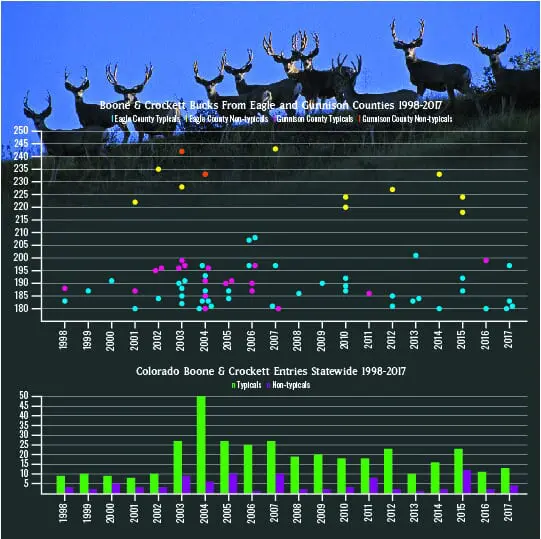
When I say adjusted, I’m referring to the inexact science of surveying animals across thousands of square miles of suitable habitat. This, of course, is an inexact science.
To illustrate, I’ll refer to the overall statewide deer population estimates of 2016 (418,560) and 2017 (418,800). A change in the annual official estimate of only 240 animals is less than 1/20th of 1%, even though harvest varied by over 5000 animals (13%) between those two years. The numbers of variables that enter into population estimates are high and somewhat complicated and some are estimates themselves.
Recently, I heard Steve Rinella of Meateater fame talk on a podcast about hunters generally feeling like big game populations are overestimated by state agencies. Is this a truth or a bias based on unsuccessful hunting and lack of game sightings? The truth might be somewhere in between.
There is most definitely a continued trend of quantity over quality in Colorado’s deer management, even with license quotas in place. One reason put forth is that there are some who believe in the importance of hunter opportunity and recruitment of young hunters that goes along with that. There is also a prevailing opinion of some wildlife managers that you cannot stockpile mature bucks, and if you do, eventually you’ll have catastrophic losses of mature bucks in the populations when a severe winter occurs. Along with these altruistic reasons for tag allocations, we must also be discussing the reality of the funding that takes place for an agency almost entirely dependent on hunting and fishing license sales.
For many sportsmen, there is a gripe of not enough mature deer in the herds once again. This was a sentiment echoed in the ‘90s when sportsmen across Colorado collectively spoke of the lack of bucks and older deer. Public outcries ensued, concerns were heard, and management of deer became more conservative through a great deal of pressure by sportsmen. When a bias toward an “opportunity-based” tag allocation exists, the age class suffers and harvest is primarily younger bucks.
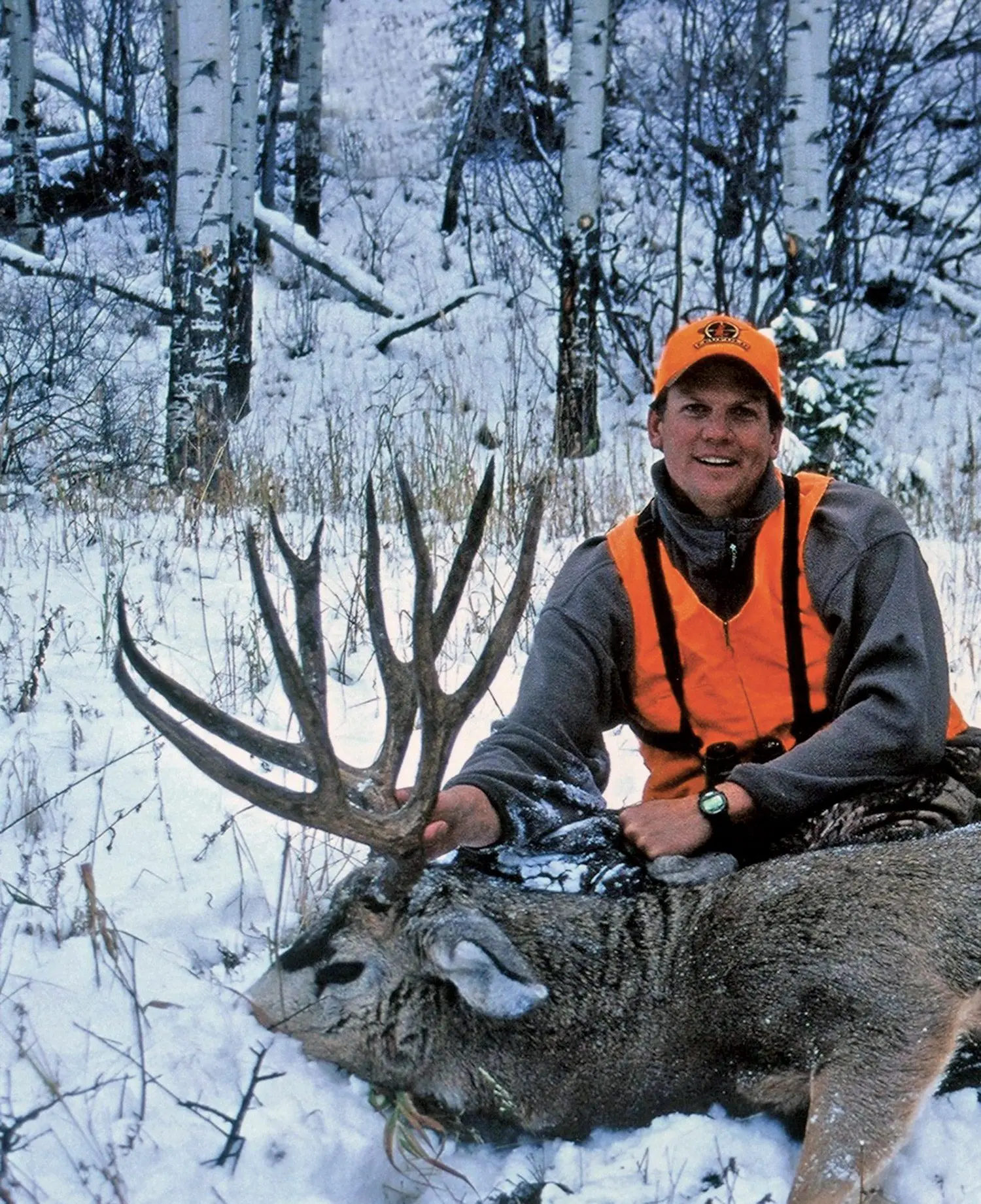
The year 2004 was the top B&C-producing hunting season for Colorado in the last two decades. Six non-typicals and 50 typicals were taken! The author's 2004 buck was one of the typicals entered.
Balancing Act
In my opinion, the Boone and Crockett Barometer reflects a trend in Colorado’s mule deer herd health and management approach. Colorado has deer numbers that any other state would love to have, but for some (myself included) the current condition of mule deer herds in Colorado leaves something to be desired and is in a precarious state.
Critics of this article may be quick to dismiss this as the bemoaning of a mule deer trophy hunter. After all, official population statistics published by the state suggest a rather rosy situation.
It’s fair to counter to some of the premise that I’ve laid out if you strongly believe in an opportunity-based license allocation strategy. However, I will say that I’ve spent most of my adult life living in and amongst mule deer country, have photographed them and observed them almost daily for decades, and things are changing in this state. Mature bucks make up a relatively small percentage of any given deer herd and these animals are currently tough to come by.
For every official B&C buck, there are dozens of mature bucks that simply don’t fit B&C criteria. The Boone & Crockett Barometer is just a reflection of a small percentage of a small percentage of animals. While anecdotal, it’s still real and useful. The collective opinion of people I know and talk to is that the quality is down significantly.
To further emphasize the point, when B&C buck numbers are down, mature (five years and up) buck numbers are down, semi-mature (three to four-year-old) buck numbers are down and the harvest and buck numbers are heavily tilted toward young bucks. Tweaking tag numbers is the only way for wildlife managers to control harvest in a hunting program with archery, muzzleloader, and three rifle seasons to pressure the herds.
Therein lies the rub. More mature bucks mean less opportunity overall and less revenue for a cash-strapped government bureaucracy.
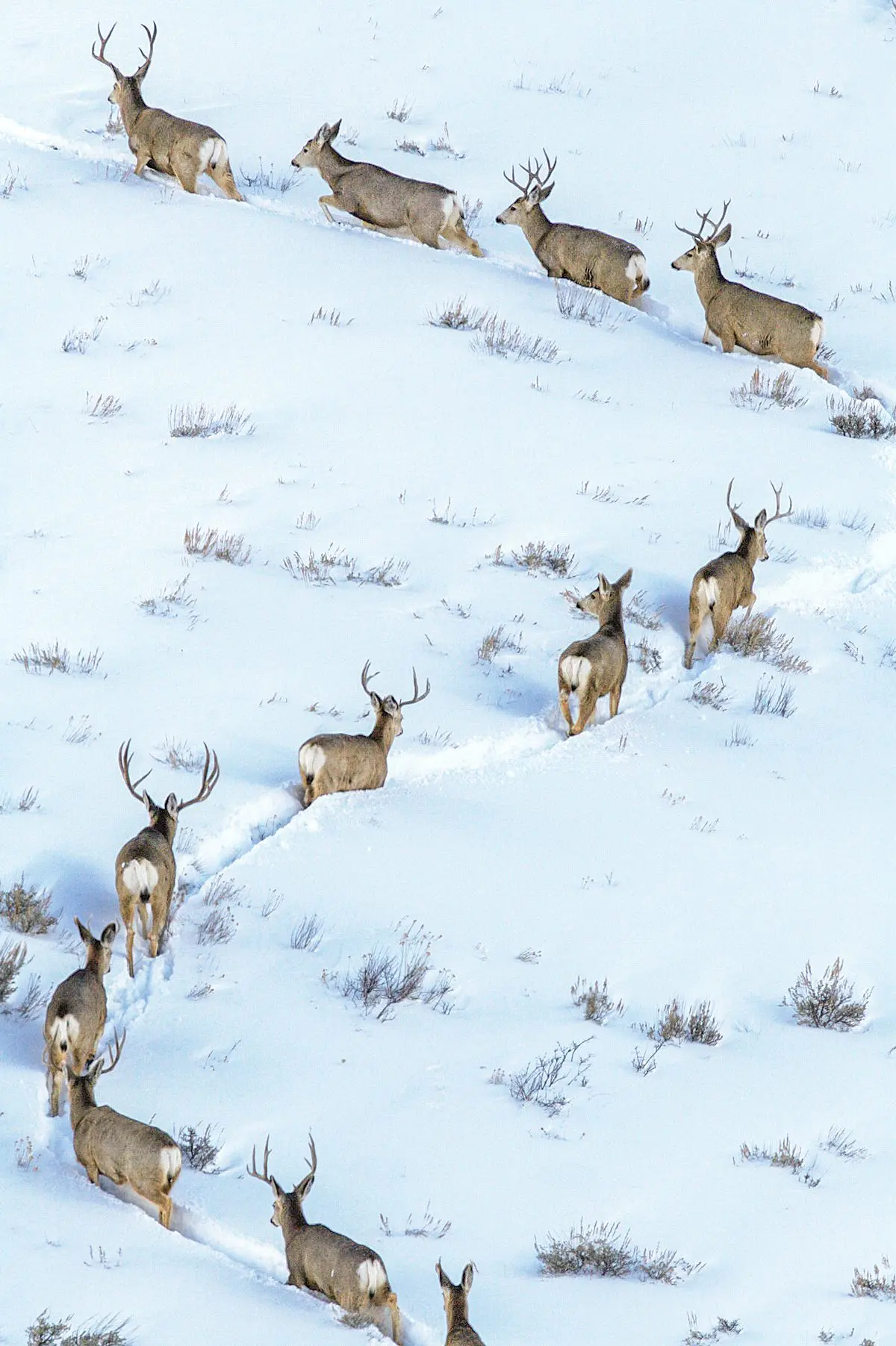
Colorado isn’t going to become less crowded in the future and mule deer hunting will remain a coveted opportunity. That being said, we have in our favor the monstrous amount of public land available to pursue these wonderful animals when given the opportunity. There are still places for bucks to escape to get big and old. The hunt for this iconic animal is what we hope to continue to do. Just make sure you have a realistic expectation when you burn two decades worth of preference points.
Colorado is an evolving and dynamic landscape of humans, hunting management, weather, and deer populations. How mule deer adapt and are impacted by us in the future remains to be seen. We hunters will be rooting for them and a fortunate few will get to take home a Colorado dream buck.
